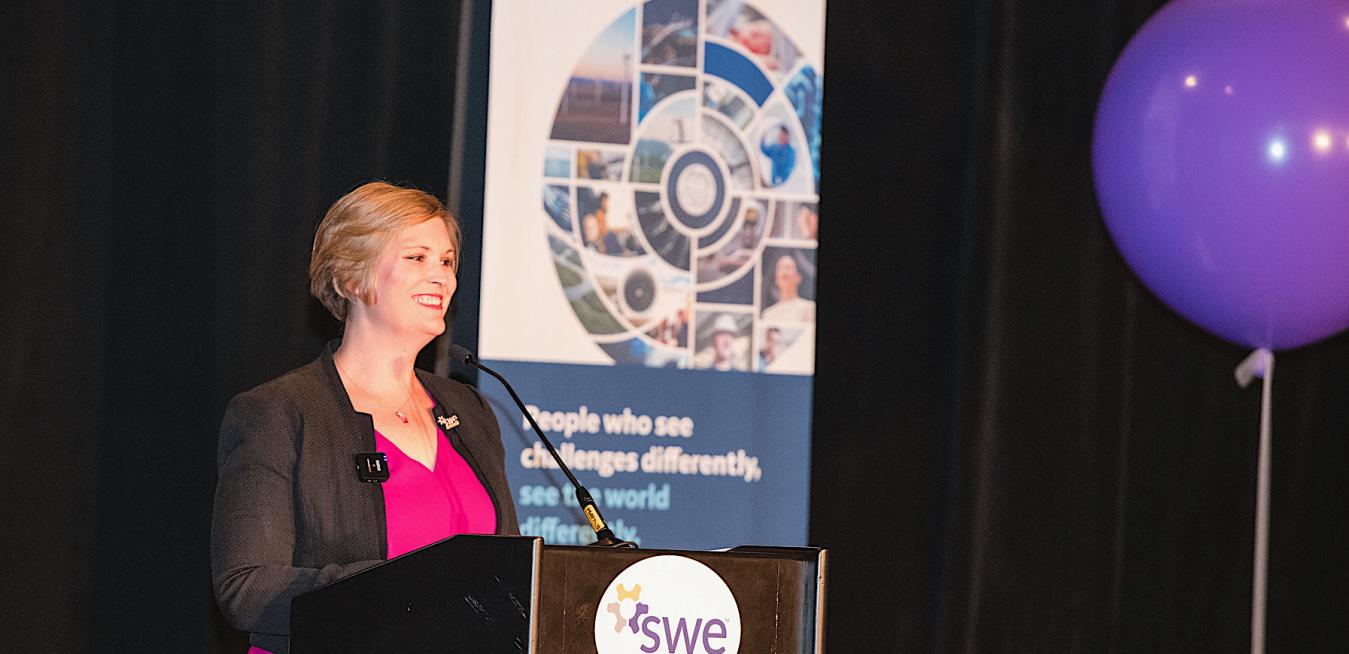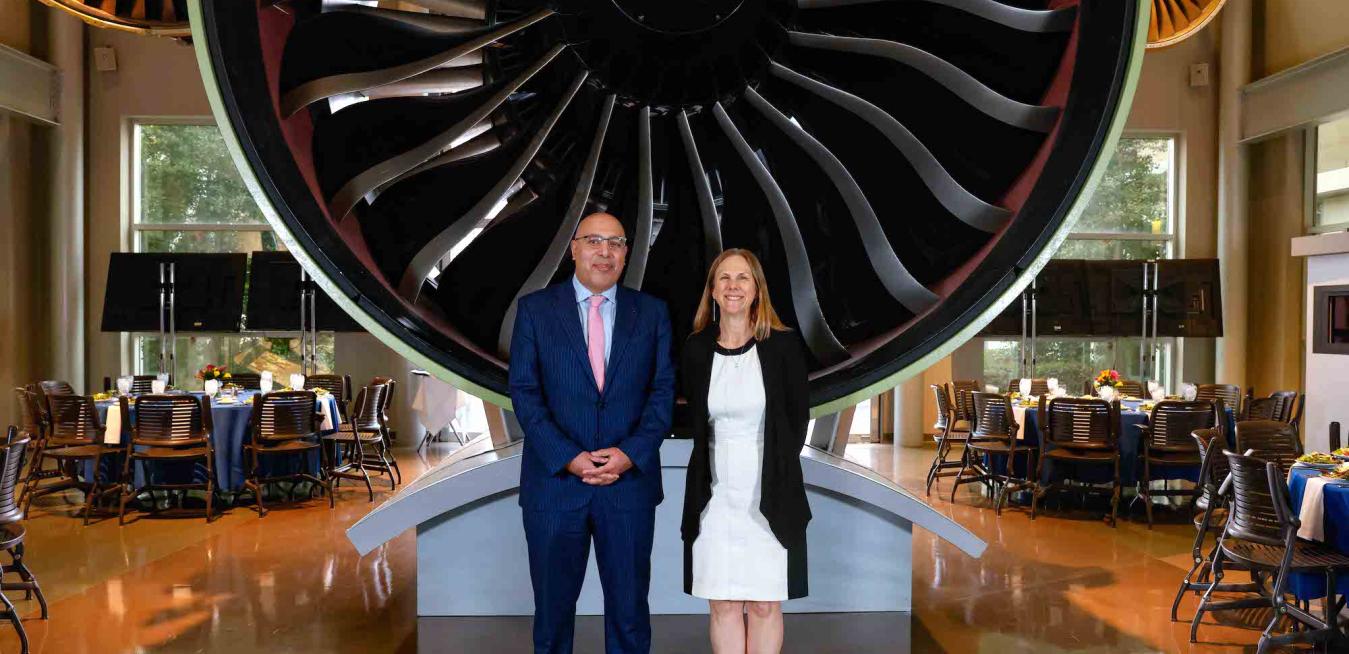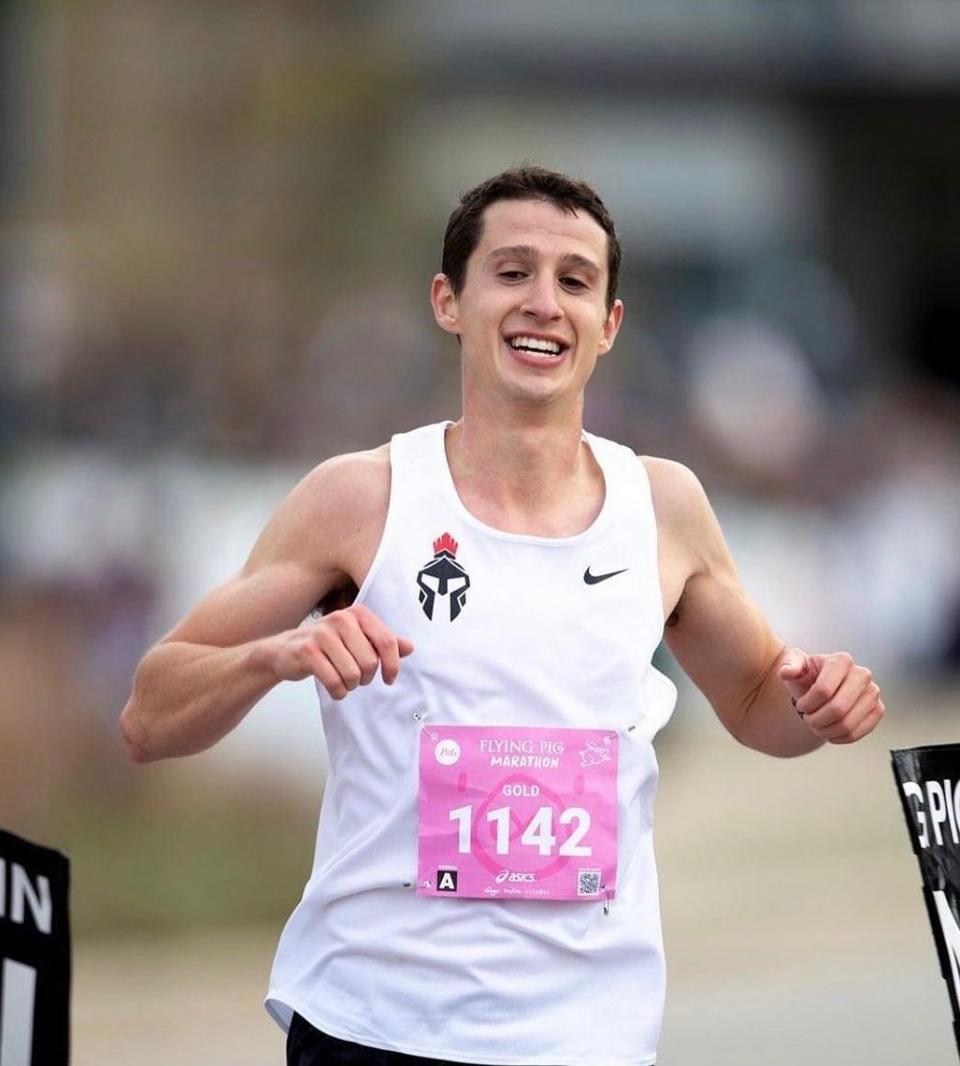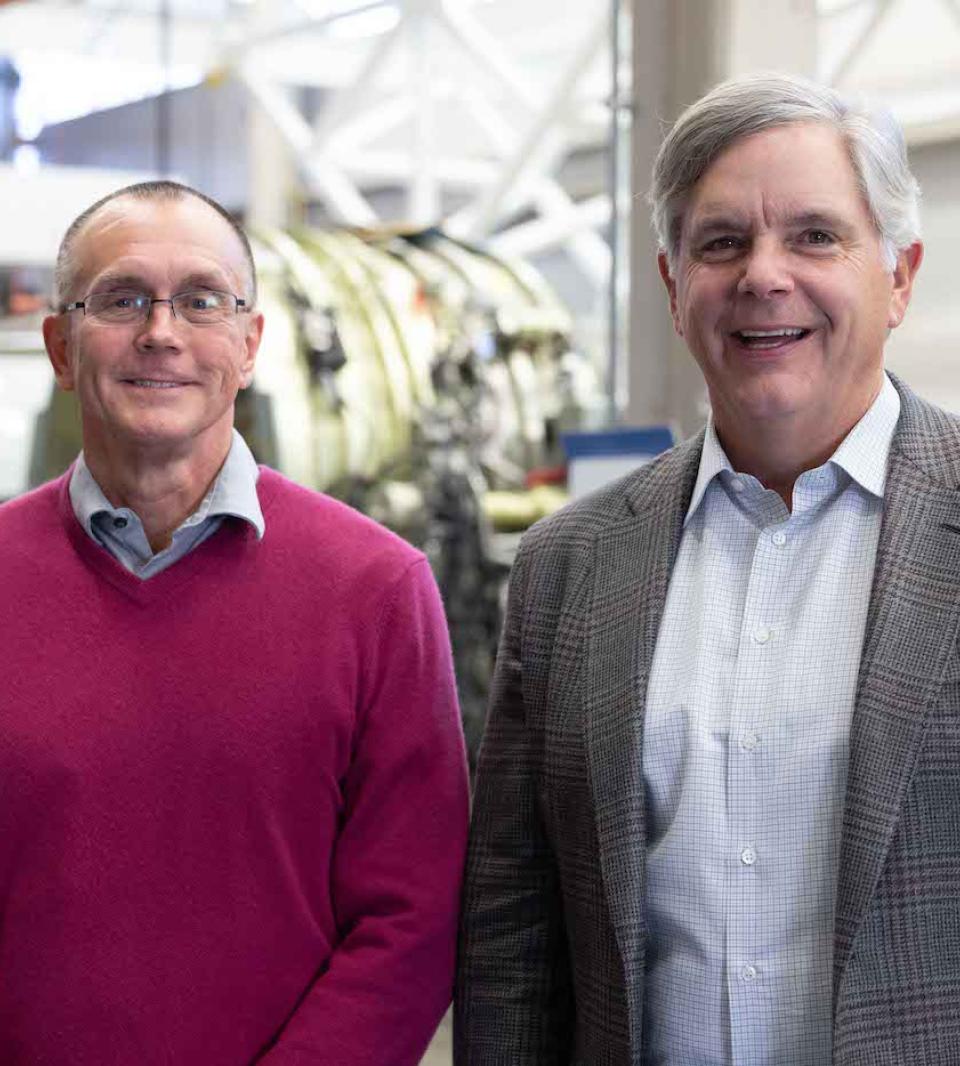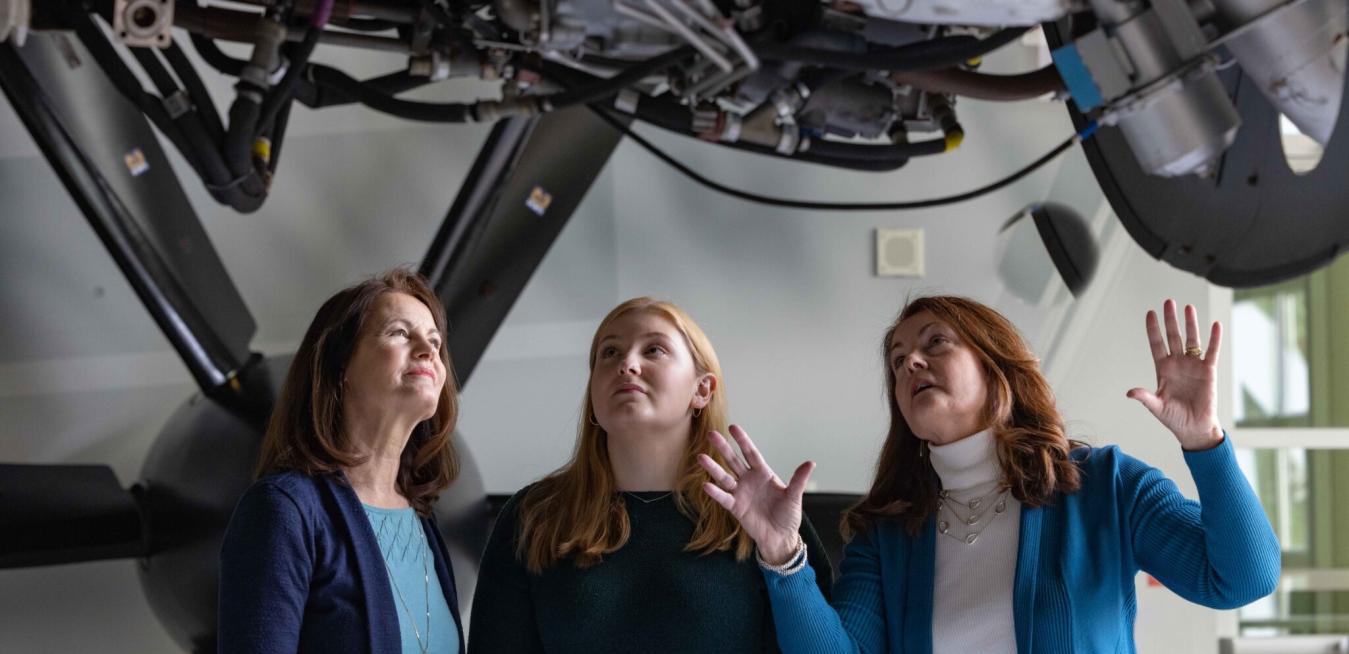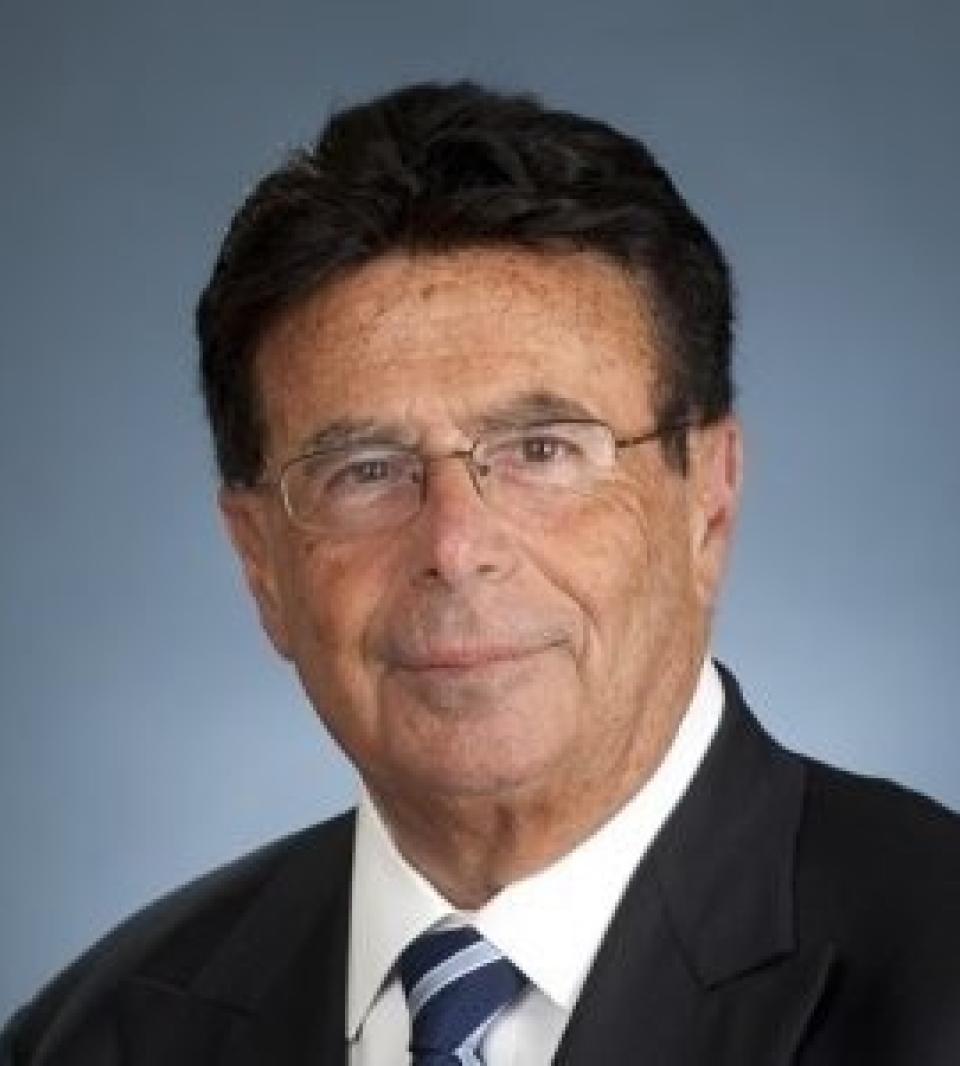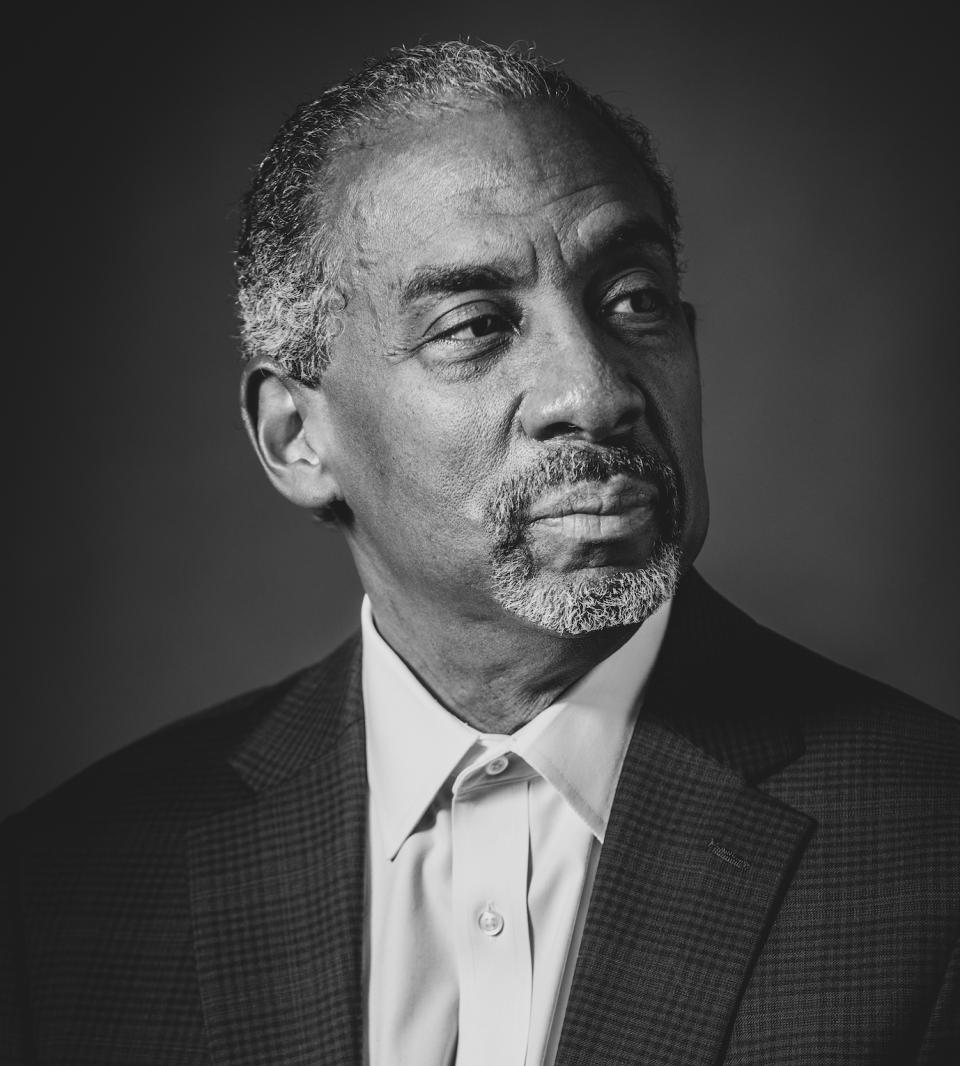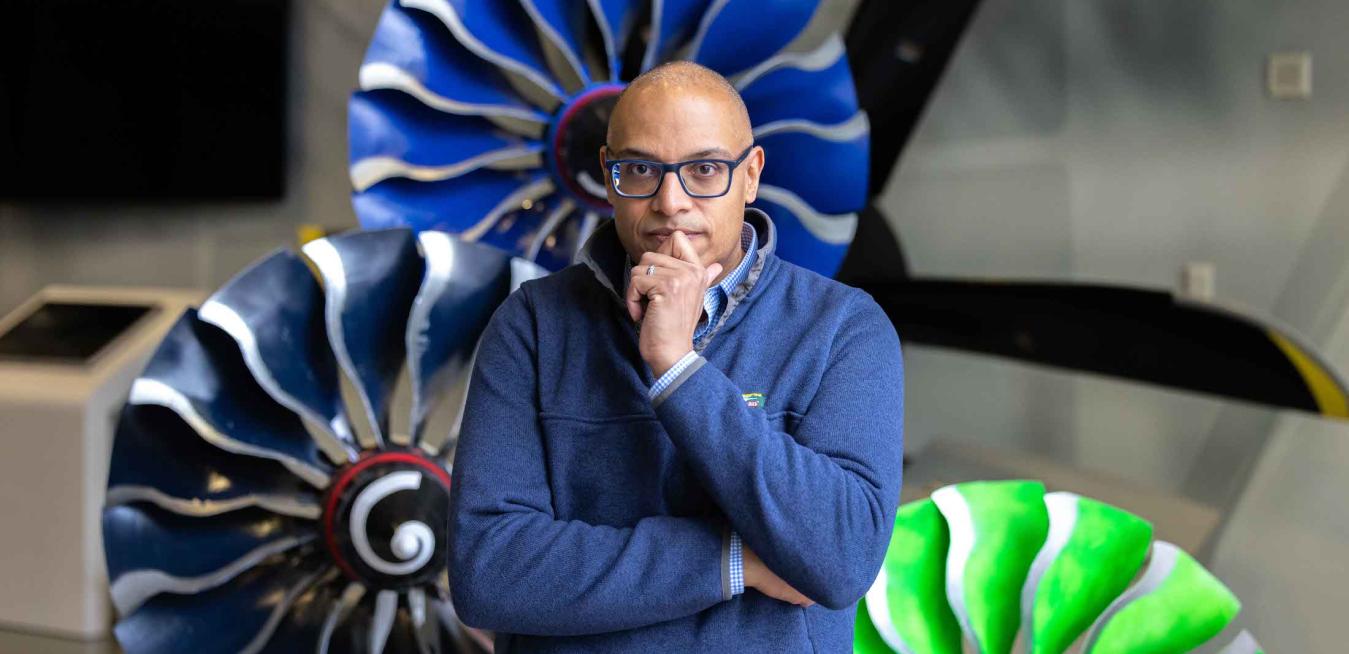When she learned that she’d been inducted into two of the world’s most prestigious science academies, Vera Silva felt, naturally enough, electrified.
Dayna Johnson had one of those a-ha career moments while visiting GE Gas Power’s Advanced Manufacturing Works, a state-of-the-art facility for new-make process and repair development in Greenville, South Carolina, this spring. Hung on a wall was an oversize poster of Thomas Edison, emblazoned with a few of his very wise words.
As a 10-year-old, Pam Boehm sometimes sat in on her older sister’s engineering classes at the University of Notre Dame. Not the usual activity for a kid, but the experience introduced her to a discipline that would shape her life. “It’s not that I really had any idea what was happening in the classes, but the math was always exciting,” she says. After her father died unexpectedly, her grandfather stepped in as another big influence. Much of the rest of her childhood was spent following her “Mr.
At five foot ten and 145 pounds, Alex Gold knows he’s built for speed and distance. “When I tried out for my high school track team, I ran a mile in 5:38, which is really exciting for a freshman,” says the 28-year-old GE Aerospace engineer. “But I really had no idea what I was doing.” It was only when he started training with older mentors on his team that running exerted its deeper pull. “Right away, I could see that it was the one sport where when I put in the work it showed up in results,” says Gold.
Shortly after he joined GE Aerospace in 1984 as a materials engineer in Evendale, Ohio, Glenn Culbertson received some blunt advice from a senior colleague. “A lot of people will tell you that they’re your customer: your boss, your boss’s boss, the CEO,” the co-worker told him. “They’re all wrong. The customer is the engine. If you do right by the engine, you’ll do right by everybody else.”
For almost 40 years, identical twins Laura Schreibeis and Lisa Kitko have called GE Aerospace their career home. When they were growing up, people often got the two confused. And when they arrived within a few years of each other at GE Aerospace, the same was true at work.
Meyer “Mike” Benzakein used to attract attention in GE Aerospace meetings for a funny habit: At first glance, he appeared to be sleeping. Young engineers would wonder about his focus — until he spoke up with an incisive question.
“He was actually sharply paying attention,” recalls Mohamed Ali, vice president of engineering for GE Aerospace. “He would say only a few words, but his point was very clear.”
When she was a little girl, every Friday for six years of her childhood in Columbus, Ohio, Devon Shepherd’s family would get in their minivan and drive to the airport to watch planes take off and land. Shepherd marveled at how amazing they were. What makes them fly? she often wondered.
As an electrical engineering major at Howard University in the 1980s, Colin Parris received a tricky assignment: Build a small burglar alarm that would turn on a light when a switch was opened. He painstakingly assembled a board with 300 wires, reattaching them every time they got jiggled out of place in his locker. He estimates the project took 40 to 50 hours.
Then Parris was asked to use an 8-bit microprocessor to complete the same assignment. With 10 wires connected to LED lights and a small amount of programming, he built his second burglar alarm in about three hours.
When Chris Day was in sixth grade, he didn’t feel like one of the cool kids. That is, until the day he broke his battery-powered toy truck and brought it to his dad, James. Instead of buying a new one — Chris knew there was little chance of that — James took a screwdriver to the chassis and pulled out the motor. Then he showed Chris how to wire it to a propeller from a balsa wood airplane. They hooked up a 9-volt battery and voilà: a homemade electric fan. “I brought the fan to school and the kids went crazy,” Chris remembers.






